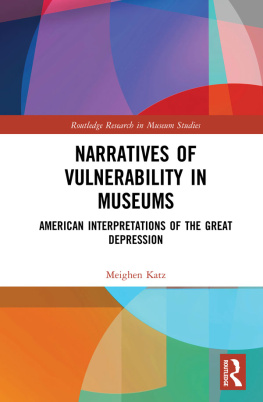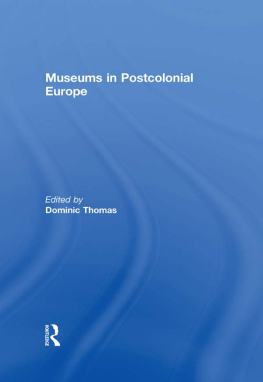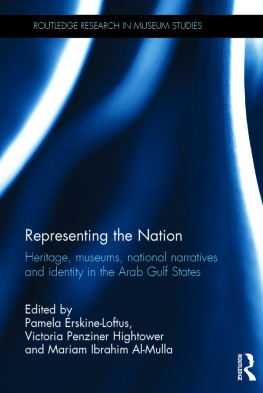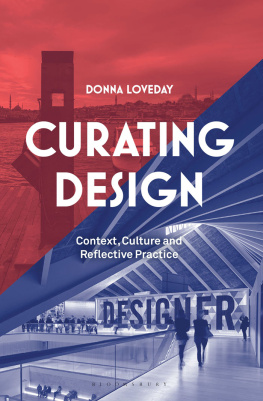Narratives of Vulnerability in Museums
Narratives of Vulnerability in Museums is a study of the challenges museums face when they present narratives of instability, uncertainty, and fear in their exhibitions. As a period of sustained societal and personal vulnerability, the Great Depression remains a watershed era in American history. It is an era when iconic visual culture of deprivation mixes in the popular imagination with groundbreaking government policy and has immense potential for museums, but this is accompanied by significant challenges. Analysing a range of case studies, the book explores both the successes and obstacles involved in translating historical narratives of vulnerability to the exhibition floor.
Incorporating an innovative, trans-genre museological model, the book draws connections between exhibitions of history, art, and technology, as well as heritage sites, focused on a single era. Employing interpretations of housing, preserved and reconstructed, to discuss ideas of belonging and community, the book also examines the power of the iconic national story and the struggle for local relevance through discussions on strikes and industrial action. Finally, it examines the use of fine art in history exhibitions to access the emotional aspects of historical experience. The result is a volume that considers both how societies talk about less celebratory aspects of history, but also the expectations placed on museums as interpreters of the public narrative and agents of change.
Narratives of Vulnerability in Museums makes a significant contribution to discourses of museum and heritage studies, of interwar history, of the social role of cultural institutions, and to vulnerability and resilience studies. As such, it should be essential reading for scholars and students working in these disciplines, as well as architecture, cultural studies, and human geography.
Meighen Katz has lectured at the University of Melbourne, the Australian Catholic University, and Deakin University; she contributed to exhibitions at Museum Victoria; and she was the 2016 Grimwade Curator at the Ian Potter Museum of Art. She holds a PhD from Monash University and is a founding partner of Present Past Consulting Historians.
Routledge Research in Museum Studies
Biculturalism at New Zealands National Museum
An Ethnography of Te Papa
Tanja Schubert-McArthur
Museum Innovation and Social Entrepreneurship
A New Model for a Changing Era
Haitham Eid
Diversity and Philanthropy at African American Museums
Black Renaissance
Patricia Banks
The Private Collectors Museum
Public Good Versus Private Gain
Georgina Walker
Museums as Cultures of Copies
Edited by Brenna Brita
The Personalization of the Museum Visit
Art Museums, Discourse, and Visitors
Seph Rodney
Narratives of Vulnerability in Museums
American Interpretations of the Great Depression
Meighen Katz
Museum and Gallery Publishing
From Theory to Case Study
Sally Hughes
www.routledge.com/Routledge-Research-in-Museum-Studies/book-series/RRIMS
Narratives of Vulnerability in Museums
American Interpretations of the Great Depression
Meighen Katz

First published 2020
by Routledge
2 Park Square, Milton Park, Abingdon, Oxon OX14 4RN
and by Routledge
52 Vanderbilt Avenue, New York, NY 10017
Routledge is an imprint of the Taylor & Francis Group, an informa business
2020 Meighen Katz
The right of Meighen Katz to be identified as author of this work has been asserted by her in accordance with sections 77 and 78 of the Copyright, Designs and Patents Act 1988.
All rights reserved. No part of this book may be reprinted or reproduced or utilised in any form or by any electronic, mechanical, or other means, now known or hereafter invented, including photocopying and recording, or in any information storage or retrieval system, without permission in writing from the publishers.
Trademark notice: Product or corporate names may be trademarks or registered trademarks, and are used only for identification and explanation without intent to infringe.
British Library Cataloguing-in-Publication Data
A catalogue record for this book is available from the British Library
Library of Congress Cataloging-in-Publication Data
A catalog record has been requested for this book
ISBN: 978-1-138-60411-7 (hbk)
ISBN: 978-0-429-46869-8 (ebk)
Typeset in Sabon
by Newgen Publishing UK
Dedicated to my mother, Dr Geraldine Katz, and to the memory of my father, Dr Arnold Katz, who inspired me with their knowledge, challenged me with their insight, and encouraged me with their love.
Contents
While attempts have been made to avoid the overuse of acronyms, the alphabet soup of the Roosevelt Administrations New Deal ensures that it is impossible to avoid the occasional inclusion. The following are those commonly used in discussions of the Great Depression.
| AAA | Agricultural Adjustment Administration |
| CCC | Civilian Conservation Corps |
| CWA | Civil Works Administration |
| FAP | Federal Art Project |
| FDR | (President) Franklin Delano Roosevelt |
| FERA | Federal Emergency Relief Act |
| FSA | Farm Security Administration |
| FTP | Federal Theatre Project |
| FWA | Federal Writers Project |
| HOLC | Home Owners Loan Corporation |
| NIRA | National Industrial Recovery Act |
| NRA | National Recovery Administration |
| NYA | National Youth Administration |
| OWI | Office of War Information |
| PWA | Public Works Administration |
| RA | Resettlement Administration |
| RFC | Reconstruction Finance Corporation |
| TVA | Tennessee Valley Authority |
| WPA | Works Progress Administration (19351937), Works Projects Administration (post-July 1937) |
Professional
I have received support, financial and in-kind, from the School of Philosophical, Historical and International Studies at Monash University, from the University of Melbournes School of Historical and Philosophical Studies, and from the Contemporary Histories Research Group, Faculty of Arts and Education, Deakin University and wish to thank all the faculty and staff involved. In addition, financial assistance was provided by the Association for Canadian Studies of Australia and New Zealand, and by the Franklin and Eleanor Roosevelt Institute.
This project would not have been possible without the assistance and co-operation of the museums and museum personnel that have participated, given me access, and given me permission to use the material they provided. I wish to thank personnel at the following museums (listed in alphabetical order): the Canadian Museum of History, the Greenbelt House Museum; the Franklin D. Roosevelt Presidential Library and Museum; the Michigan History Museum; the Museum of Vancouver; Museum Victoria; the National Archives and Records Administration; the National Museum of American History; the Oakland Museum of California; Old Parliament House (Australia); the Smithsonian Institution Archives; Police & Justice Museum (Sydney Living Museums).









